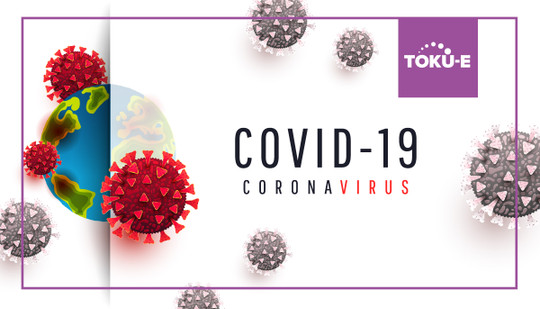As our knowledge and research on Coronaviruses including SARS-CoV-2 grows, one of the technologies being explored is an intranasal spike vaccine booster. The current set of parenteral vaccines offer robust systemic immunity but poor immunity within the upper respiratory mucosa, where the viral transmission occurs. This vaccine-boosting strategy being developed by Yale researchers is called ‘prime and spike’ (P&S). After primary injection of the mRNA vaccine into the muscle (‘prime’), the animal models received an intranasal dose of SARS-CoV-2 spike protein (‘spike’). The strategy offers many advantages over the intramuscular boosters: It results in a robust, cellular and antibody-based immunity in the mucosa of the animals that matches the protection of the intramuscular variety and can actually prevent transmission. There is mucosal immune memory within the respiratory tract itself via cellular and humoral responses such as the moving in of memory CD8+ T cells, CD4+ T cells, and B cells. The spike booster can be done months out from primary immunization and it offers system neutralizing antibody responses that are comparable with a mRNA-lipid nanoparticle (LNP) boost, and it is actually superior to the mRNA-LNP method at blocking transmission. The spike booster does not incorporate live virus, unlike the only comparable mucosal vaccine on the market (for flu, called fluMist), which is a live cold-adapted influenza virus. The P&S strategy does not contain viral vectors or adjuvants so it may be safer. In addition, if the spike protein is derived from SARS-CoV-1, for example, it could even offer cross-protection against a broad spectrum of coronaviruses.
Interestingly, one of the antimicrobials in coronavirus vaccine development is Hygromycin B, and it is also being used in screening protocols in the developmental of these intranasal boosters. It was used in hamster models, where only a single intranasal dose was protective. Hamsters were also found to have reduced viral loads when put in the same cage with infected unvaccinated hamsters. Hygromycin B was also used in screening to study mucosal vaccination in wild-type BALB/c mice and ferrets.
Since the SARS-CoV-2 virus will continue to evolve, the human population will require boosters for the foreseeable future, and mucosal immunity will help protect us and slow transmission.
References:
Liu X et al (2021) A single intranasal dose of a live-attentuated parainfluenza virus-vectored SARS-CoV-2 vaccine is protective in hamsters. Microbiology 118(50):e2109744118 link
Mao T et al (2022) Unadjuvanted intranasal spike vaccine elicits protective mucosal immunity against sarbecoviruses. Science 378 (6622). Link.
Wu S et al (2020) A single-dose of an adenovirus-vectored vaccine provides protection against SARS-CoV-2 challenge. Nat. Commun. 11:4081. link.

